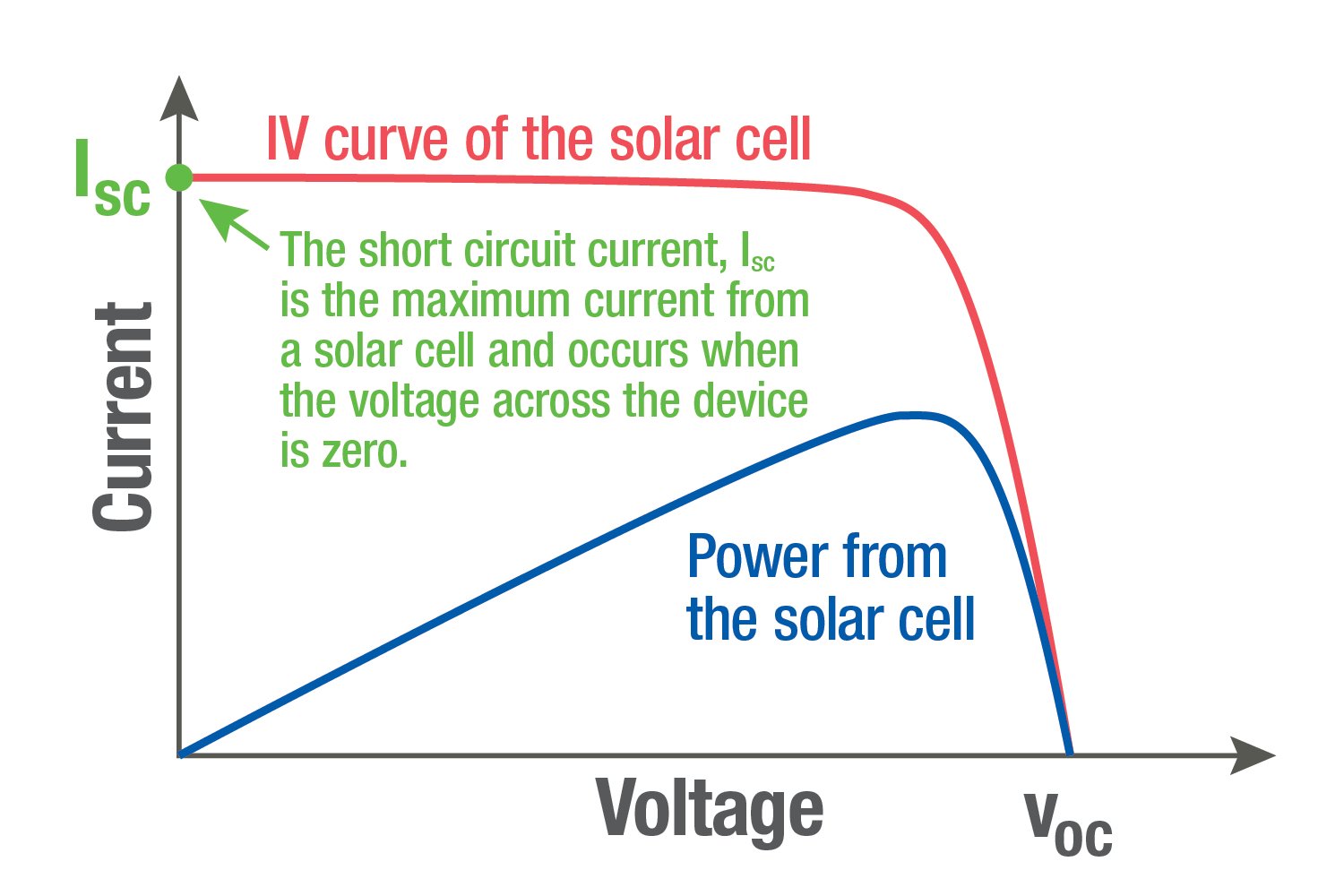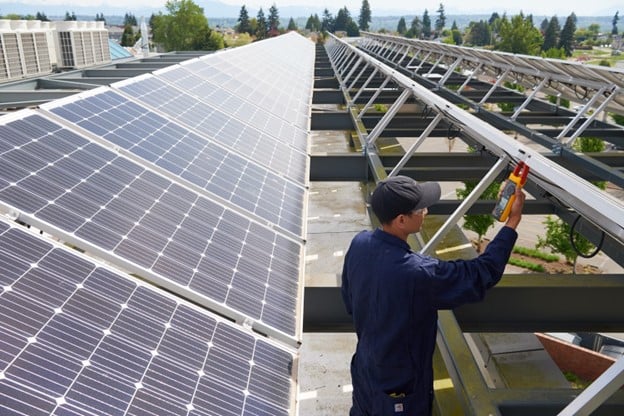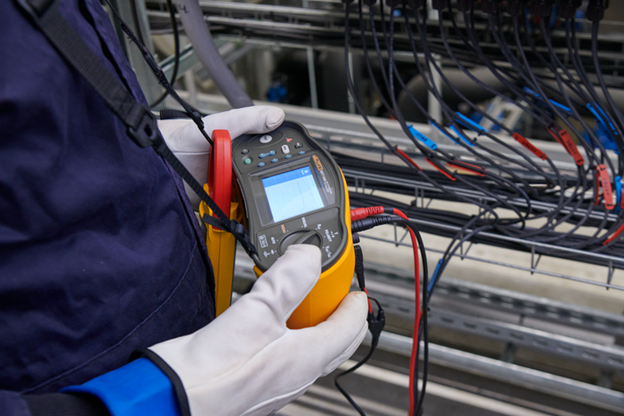Despite great engineering, no system is failproof. That’s where commissioning comes in, establishing a baseline of performance for customer acceptance and follow-on maintenance. Commissioning is important not only for photovoltaic (PV) system performance, but also for longevity of equipment, safety, ROI, and warranties.

Understanding Capacity Factor
Capacity factor is a measure used in the electricity generation industry to assess how much energy a power plant, or a set of power-generating units like a solar PV array, produces over a period of time compared to what it could theoretically produce at continuous full power operation during the same period. It is calculated by dividing the actual energy output of a system over a given period by the potential energy output if the system were running at full capacity for the same period. Mathematically, it can be represented as:
- Capacity Factor = (Actual Energy Output over a period / Maximum possible energy output over the same period) * 100%
For example, if a 1 MW solar PV array produced 2,000 MWh of energy over a year, and the maximum possible energy it could have produced (operating 24/7 at full capacity) was 8,760 MWh, then the capacity factor would be (2000/8760)*100% = 22.83%.
Capacity factor matters because it provides insights into the effectiveness and efficiency of a power generation system. A high capacity factor indicates that a power plant or PV system is producing power close to its maximum potential, which means it is operating efficiently. Conversely, a low capacity factor may indicate problems with system performance or sub-optimal operating conditions, such as shading in a solar PV system, which may require corrective actions.
Therefore, understanding and improving capacity factor is crucial for increasing the efficiency, performance, and return on investment of a power generation system.
Calculating Power Generated by Your PV Array
To find the expected production at your site, determine your solar resource and take into account any shading that may occur on the panels. The solar resource is measured in peak sun hours, which is the number of hours your installation achieves 1,000 watts per square meter per day. For instance, in many parts of California the solar resource is great: 6,000 watts per square meter, or 6 peak sun hours. Use the Fluke IRR-1 Solar Irradiance Meter to determine the actual solar irradiance (watts/m2) and shading at your site to develop a baseline.
Let’s say you have a 10 kW PV array. You can calculate expected annual production by multiplying the 10-kW array x 6 peak sun hours x 365 days per year x 0.85 (15% derating due to power losses in wiring and inverter). This array should produce 18,615 kWh of energy for us per year, or 51 kWh per day.
Measuring PV Array Performance
Once your system is installed, make sure it’s operating as designed by measuring its electrical characteristics and the actual power output of the array using the Fluke SMFT-1000 I-V Curve Tracer.
The performance of a PV array is based on its current-voltage (IV) curve. Not only does an inverter convert DC to AC, it maximizes its power output by capturing the current and voltage — since power is voltage x current — at which the string is producing the most power. The short circuit current (Isc) is the maximum current from a cell and no power will be produced because there is no voltage difference: the positive and negative wires are touching. The open circuit voltage (Voc) is the maximum voltage from a cell: no power will be produced because the circuit is open. The point at which the module produces the most power is called the maximum power point (mpp).

To know if an array is working as designed, you need to know the Voc and Isc, which are listed on the module datasheet. measure the Voc and Isc before and after installation.
Voc is measured by using the Fluke 393 FC CAT III Solar Clamp Meter to determine the voltage between the positive and negative terminals. The 393 FC is CAT III 1500 V / CAT IV 600V rated, making it safe and reliable for making measurements in CAT III environments like solar installations. Use the Fluke 64 MAX IR Thermometer to determine the temperature of the module to account for the effect of temperature on Voc (the lower the temperature, the higher the voltage and vice versa). The 393 FC provides audio polarity warning while testing Voc. If it’s reversed, the combiner box or other circuits may be unintentionally connected in series, resulting in voltages over the maximum inverter input voltage.

To test Isc disconnect all parallel circuits and safely short the circuit. Measure the current between the positive and negative terminals through a multimeter. Set the dial to a current greater than expected. Record the values of Isc and Voc on the Fluke Connect™ app and save them for trending and reporting
Check the insulation resistance of your conductors, the connections between modules and between modules and racking, and your resistance to ground. Use the Fluke 1630-2 FC Earth Ground Clamp to measure earth ground resistance to ensure a resistance of less than 25 ohms.
Diagnosing PV Array Variances
Even when installed correctly, a PV system may not meet the expected electrical production. It’s very important for a module to have the electrical characteristics specified, because an inverter has a minimum and maximum input current, below and above which it will have no power output.

Scenario 1: Open circuit voltage or short circuit current is higher or lower than on the datasheet
In this case, your string has one or more modules whose characteristics don’t meet specification. Open circuit voltage out of range means your inverter may not output power. Short circuit current out of range indicates you may have module mismatch, which can severely degrade your array’s performance because the current of a string is limited by the module with the lowest current. Identify and replace the modules.
Scenario 2: Power output is low
If you see that power output is lower than expected, you may have a problem. While some fluctuation in output is expected, consistently less than predicted output could be a sign of a faulty string, a ground fault, or shading.
One reason could be hot spots, the accumulation of current and heat on a short-circuited cell, leading to reduced performance and possible fire. Thermal imagers like the Fluke Ti480 PRO Infrared Camera or the TiS75+ Thermal Camera can quickly identify hot spots.
Ground faults are another, but they’re harder to diagnose and require testing the voltage and current of each conductor and the equipment grounding conductor (EGC), which carries stray current to ground. Voltage and current on the EGC indicate a ground fault. Ground faults can occur due to damaged conductor insulation, improper installation, pinched wires, and water, which can create an electrical connection between a conductor and the EGC. Find the source of the problem and replace the damaged wires or improve the conditions.
Other reasons for low power output could be shading and poor tilt and compass direction (azimuth angle) for your location. Use a solar pathfinder to find any new sources of shading and remove them, if possible. While it may not be feasible to change the tilt and compass direction of the array to point the panels more directly toward the sun, you should know the tilt and azimuth angles to establish a baseline for future reference.
In large-scale PV systems, the power from a solar system goes through transformers after being inverted to step up the voltage, then to switchgear and medium voltage cables where decreased insulation resistance is a common issue. For medium and high voltage cables, use the Fluke 1555 FC 10 kV Insulation Tester, which can test up to 10,000 volts.
For systems with batteries, compare the expected battery voltage and state of charge with the actual using the Fluke 500 Series Battery Analyzer.